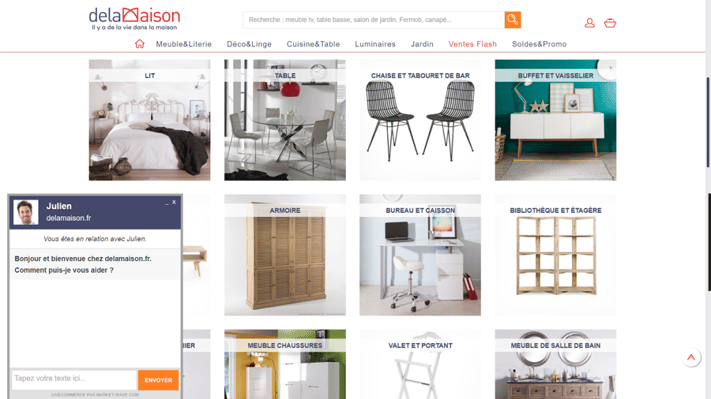Amazon and Alibaba have created massive marketplaces where buyers can purchase virtually anything they want from any location. To compete, many companies are looking to expand their product assortment and geographic reach by incorporating multi-vendor marketplaces into their existing eCommerce stores. There are risks to this strategy but most experts think the potential benefits outweigh them. For an in-depth look at both the pluses and minuses of a multi-vendor marketplace strategy, read on…
1. What’s Keeping You Awake at Night? The biggest competition in today’s online eCommerce market is the massive multi-vendor marketplace. In the early days, the big A’s - Amazon and Alibaba - helped to increase online shopping, getting consumer and business customers alike accustomed to buying online. Their victories were your victories.
But today, that balance has shifted. Now, eCommerce executives need a strategy to compete with - or risk becoming little more than suppliers to huge multi-vendor marketplaces. The Big A’s compete on product, price, and volume, offering a large range of product options through a product inventory that is almost impossible to match. Amazon accounted for the majority (53%) of the growth in US e-commerce sales for last year.... and that phenomenal growth was largely based on the marketplace model, where third-party sellers offer products alongside Amazon’s own.
"Tactics to best compete with Amazon and Alibaba are on the minds of many eCommerce executives these days. As well they should be."
2. Adopting the Multi-vendor Marketplace model with a product quality focus: To remain competitive, many large and mid-size companies need smarter approaches to merchandising. One promising approach is to transform a traditional eCommerce site into a multi-vendor marketplace by offering an increased range of higher-quality products without the risk of inventory, logistics, or servicing investments. This approach provides a unique competitive advantage against the Big A’s. Another approach is to shorten the value chain, bypassing wholesalers and buying directly from brands.
Two technologies are key to a successful marketplace: a marketplace management platform for onboarding and managing sellers, and a product information management (PIM) application. A PIM ensures that the right mix of products are presented in the most efficient and effective way possible, giving customers the best value for each product category. For maximum efficiency, the marketplace platform and PIM application need to be tightly integrated. Using the Mirakl marketplace management platform in combination with Akeneo PIM can make the move to a marketplace strategy efficient and highly successful.
Why is product information a key driver for a successful marketplace?
- Personalization requires high-quality product information
- Omnichannel needs product data that is consistent across all touchpoints
- Intelligence from new sources - such as Chatbots - relies on accurate product data
"There are massive opportunities in the creation of carefully curated horizontal and vertical marketplaces that can provide customers with incredible value for given product categories or market segments."
- The Mirakl system made it easy to onboard the new vendors and all the new product information was smoothly managed in Akeneo PIM
- The PIM uses access right managements that allow vendors to upload product information to the system where Deco.fr marketers can enrich the product data.

- Find new vendors and products
- Negotiate contract terms
- Onboard vendors and their products
- Setup rules to define minimum data quality standards
- Organize merchandising
- Review, suspend, and promote vendors
- Periodically re-negotiate terms and restart the entire process when onboarding a new supplier
However, with a marketplace, you can bring an entire assortment of products onboard as simply as integrating the vendor’s product data. 90% of the tasks (orders, payments, invoices, contracts) can be automated. In the next blog post, we’ll explore how a PIM makes the migration to a marketplace model cost effective and efficient while driving to higher revenue and saving costs.
Part 2: Using a PIM to Manage a Successful Multi-Vendor Marketplace >>>

Written by Frédéric de Gombert, Akeneo
Frederic is the CEO and co-founder of Akeneo. Find me on twitter @FdeGombert


